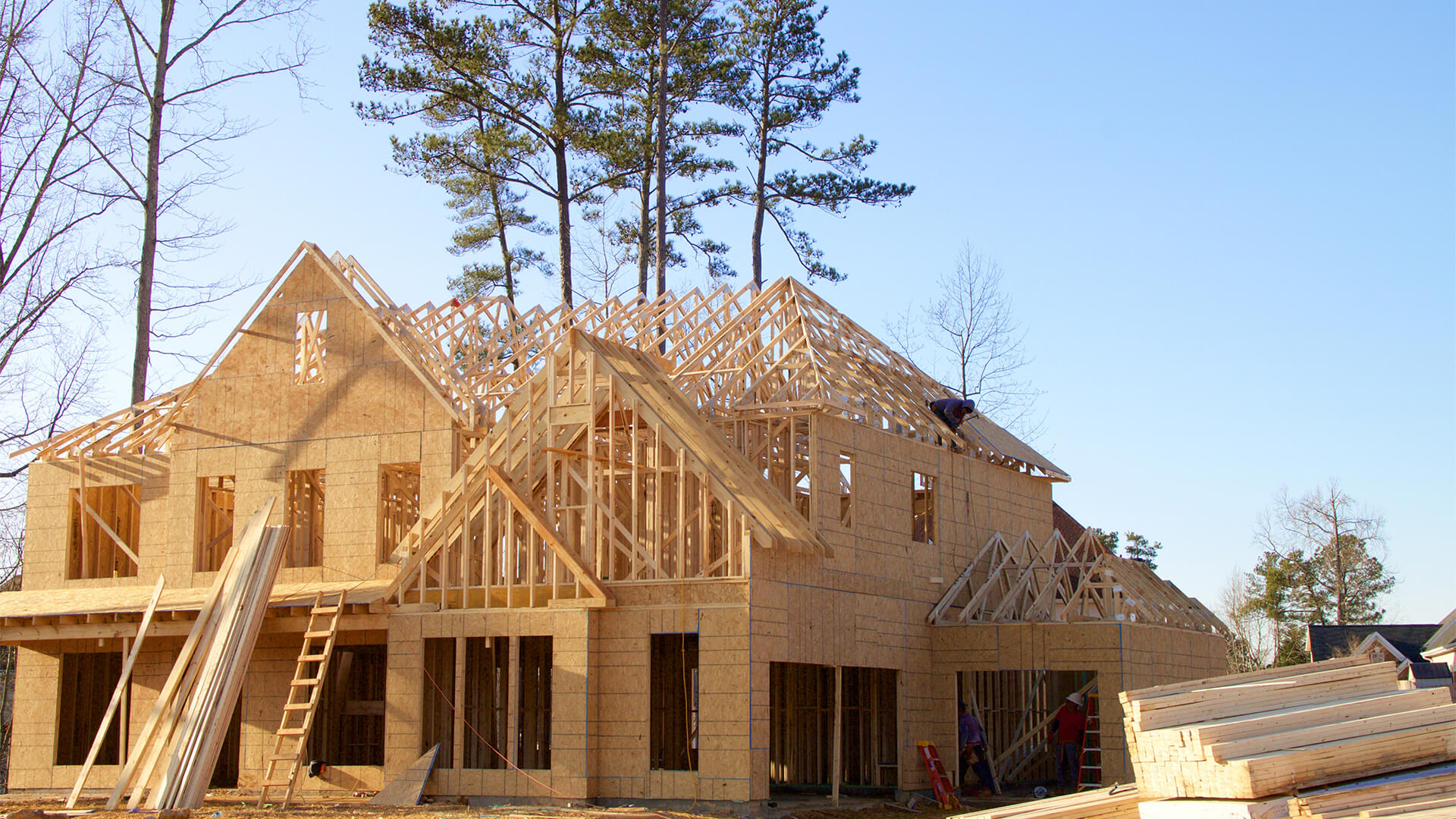Increasing a home’s value and safety can happen in a few different ways. Homeowners or anyone building a house may look into the latest materials and fast-track the project, but people living in hurricane-prone areas should consider house lifting. Is house raising worth it for homeowners, builders and construction teams? This guide explains a few factors that may change how people view a potential lifting project.
1. Consider the Location
House lifting is best for properties directly in the paths of hurricanes or in areas that flood easily. People who live directly on rivers that flood after tropical storms would benefit from raising their houses as much as people who live on the beach.
Consider a property’s location to decide if raising the home is worth it. If the area rarely sees a significant storm, then the owners should prepare to pay for the lifting project for aesthetic purposes.
2. Research the Geographic History
A city’s geographic history and annual weather patterns map potential flood zones and assign risk levels. House raising is worth it if someone lives where intense flooding occurs multiple times every year. People who live along coastal rivers and on the beach are likely in locations with extensive flooding histories.
Although they might have flood insurance, lifting a client’s house will prevent yearly damages that their insurance might not cover. An inspector can also point out what they can do beyond lifting their house, like securing their dock before storms by anchoring it and attaching bumpers. Many people think that raising their home solves all of their hurricane concerns, but there are other steps they can take to protect their property.
3. Review the Property’s Design
It’s more challenging to lift a fragile structure with multiple parts. Homes with interior courtyards or narrow additions won’t do well with lifts. Properties with numerous floors also typically take longer and cost more to finish, especially if the floors need to be replaced before or after potential damage or renovation. Construction teams should review a property’s design and point out which features may cost more or take longer to handle. It could sway some clients to back out of a project because it exceeds their budget and schedule.
4. Check the Foundation’s Stability
Floods and excess groundwater from previous storms may have cracked a home’s foundation. Check the foundation’s stability before discussing the possibility of lifting a home. If there’s no cracking or weathering and a team decides to go forward with raising the house, clients can do more to protect their investment.
Homeowners can use their landscaping to prevent cracks in their basement or foundation. Adding plants and adjusting their lawn care routine after raising their home could make their investment more worthwhile.
5. Look into Permit Fees
Most major home changes require local permits. Clients and their construction teams should coordinate with their city and state governments to ensure that they file for every necessary permit before the project begins. It will add new fees to the project’s estimate, which might make some clients reconsider.
Is House Raising Worth It?
Homeowners who want to protect their property from future storms and floods might look into house lifting. House raising is worth it when factors like these align. Homes should have structural integrity and exist within a flood-prone area. If clients are ready to cover additional permit fees and invest in their homes, house lifting will help them save money and live in their homes no matter what weather systems come their way.
































